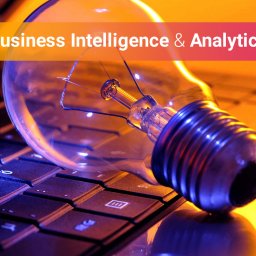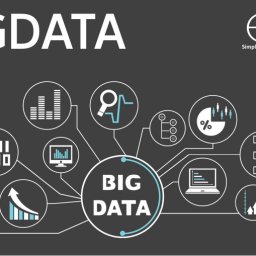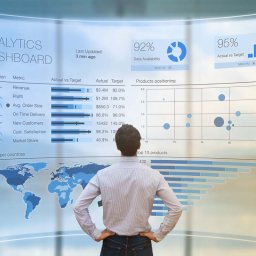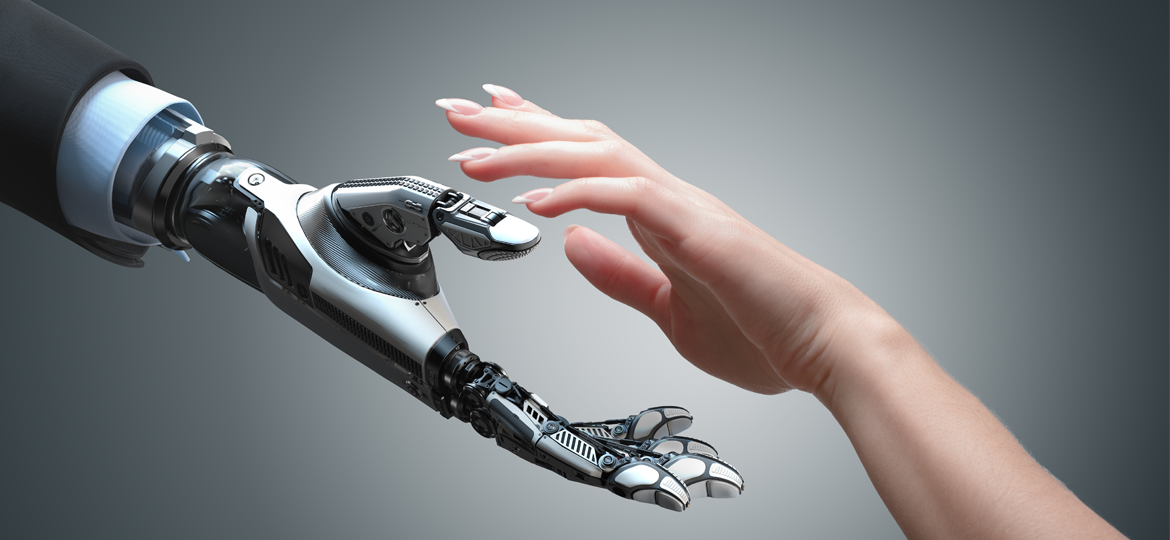
People are eager to know how ML and AI are going to change their business and simplify decision-making. Businesses are entering into a new era ruled by Data and Analytics. The burgeoning of new big data sources, including smartphones, tablets, and the Internet of Things (IoT) devices, means business no longer wish to be weighed down by huge chunks of static reports generated by BI software systems. They need more actionable insights. This is inspired a change from reactive to proactive analytics offering alerts and real-time insights. This analytics will allow the organizations to make better use of their operational data while it’s fresh and actionable. Looking at the enormous progression in analytics, it indicates businesses are in need of more mature decision-making. It won’t be wrong to say that today’s business digitization aims at getting to the prescriptive level of analytics, in other words, “smart” analytics.
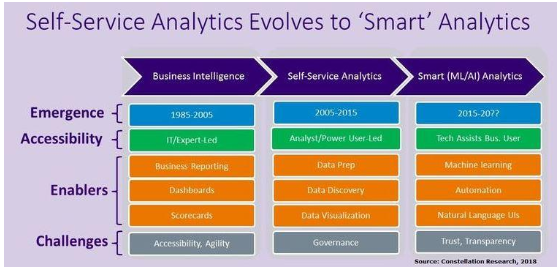
Today AI has evolved itself into that “can’t do without” technology in the modern business landscape. Enterprises small and large are leveraging this technology to improve the efficiency of business processes and deliver smarter, more specialized customer experiences. AI-powered BI systems can transform business data into simple, accurate, real-time narratives and reports. Let’s look at why this is especially important.
– Dashboards are not enough. AI-powered BI tools help digest all the data and deliver tailor-made insights.
– Avoid a big data overload. AI-powered BI software can help organizations break down data into manageable insights.
– Get insights in real time. Leap in AI, Business Intelligence tools offer powerful dashboards that give managers alerts and business insights they need for key decision-making.
Since the early 2000s, companies have been hoarding raw data, which has morphed into the $203 billion big data analytics market. But this data always lacked transparency. Sheathed in messy data architectures that led to siloed information, companies struggled to gain a singular big picture into what their data was telling them. IT departments were left to sort through data warehouse integration and complex ETL processes to try and create a structure so any data analytics tool would single view into solving business problems. This led to the emergence of self-service BI tools — dashboards that were supposed to present a clear picture of what was happening in the organization. However, a single source of exemplification became the mantra and static dashboards were all a snapshot in time. The concept of giving everyone in the enterprise access to mass amounts of data to drive decisions is unsound and unacceptable. It’s difficult for users to keep up with the changes in self-service analytics tools and predictive monitoring and also keep up with their traditional jobs. Employees didn’t know how to interpret data from cumbersome dashboards and wanted automated, real-time decisions. That’s when AI came into the picture.
Embedded analytics augmented by AI will drive down the manpower it takes in the enterprise to manage and analyze data. And over the past year, narrow AI — AI applications that are designed to perform one task has proven it’s more than capable of handling offloading. Machine learning, and it’s more advanced cousin deep learning, are allowing companies not only to stay ahead of the massive amount of data they have to analyze, they also allow them to learn from these horrendous data, identify patterns and make decisions with minimal human intervention.
The Google AlphaGo team in 2017 outplayed the world’s top player at a game that has 300 times the number of strategic possibilities than chess. After the win in a few months, AlphaZero – the next generation of AlphaGo, was able to beat the world’s best chess program without any person training the model. The team just fed the rules of chess, and it was able to dominate the field only in four hours.
There’s been a rapid pace of innovation in AI and machine learning in a very short span of time. The year 2018 could finally be the year that ML provides the right data to the right people at the right time; which will provide them enough time to focus on core responsibilities. Machines are getting better than humans at understanding complex data, and once BI tools take advantage of these advances in AI and machine learning, organizations can get machine-accurate recommendations that can finally deliver on data democratization and digital transformation. AI-powered software has brought incredible changes in the business world. Although the future remains hazy, we must remember to embrace AI-based BI tools that will keep us competitive in the tech-powered business landscape.
Upcoming breakthroughs in business intelligence and analytics will see ML and AI used to improve data analyses, uncover hidden insights, deliver predictions and suggest actions. If you ask what’s more — natural language (NL) interfaces will make it easier for users without knowledge of data science or query languages to gain insights and make better decisions based on data.
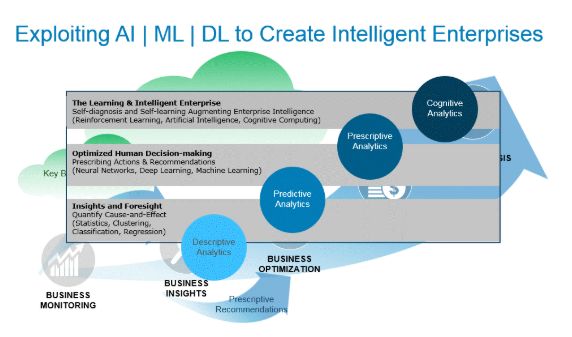
Based on the current trend, the sole intention for any organization is to master the use of AI | ML | DL in order to derive and drive the customer, product and operational value; to create the “Intelligent Enterprise” that has the ability to continuously learn, improve and adapt to changing business, environmental, competitive and economic conditions.







